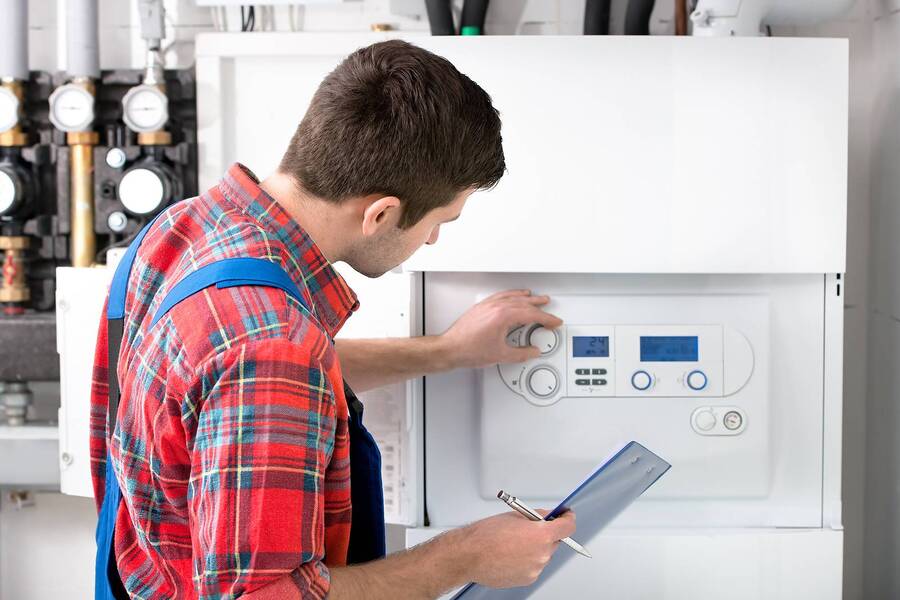Call This Wednesday to Get $50 OFF
Call us today
214-943-2424

When you turn on the tap and expect hot water, you don’t think much about what goes on behind the scenes. But if your water takes too long to heat - or doesn’t get very hot at all - then you'll probably think of dozens of potential issues.
Like any appliance, your water heater needs a little attention from time to time. One of the most important maintenance tasks is flushing the tank. It’s simple enough for confident homeowners to do themselves, but comprehensive tune-ups are best left to a trained plumber.
In this brief article brought to you by Texas Rooter, we explain what flushing a water heater involves, why it’s so important, and how to do it safely. If you ever need emergency water heater repair, you can rest assured knowing Texas Rooter is always ready to help.
If you're like most people, then your water heater stores and heats water in a tank. Over time, minerals like calcium and magnesium will start to build up at the bottom of the tank. This sediment comes from the natural minerals found in your tap water.
Flushing the tank means draining out all of the water - along with the sediment that has collected. This helps your water heater run more efficiently and last longer.
If sediment builds up in the tank and is not removed, it can cause a number of problems:
Regular flushing can prevent these issues and may even help you avoid a premature water heater replacement. Don't overlook maintenance. It's a worthwhile investment.
Most manufacturers recommend flushing the water heater tank once a year. If you have especially hard water in your area, then you might want to do it twice a year. If you’re unsure, then give Texas Rooter a call to consult with a trained plumber. It's always better to be safe than sorry.
Flushing a water heater is a manageable job if you’re comfortable handling basic home maintenance. Here's a basic step-by-step guide:
While flushing is a great DIY task, it's not always enough to keep your system running perfectly. If you're hearing odd noises, noticing rust in your water, or experiencing inconsistent hot water, then it could be time for a more thorough inspection.
The dedicated team at Texas Rooter is always ready to deliver quick and affordable plumbing repair service. Call or message us today to get in touch with a live representative.
A kitchen may be defined by its appliances, but it comes to life through its…
Read MoreInstalling a toilet sounds simple enough: set it down, bolt it in, connect the water,…
Read MoreMost property owners only think about their pipes when something goes wrong. By then, however,…
Read MoreA lot of homeowners assume their monthly sewer bill covers repairs, replacements, and anything else…
Read MoreTossing food scraps, especially greasy foods, into the kitchen sink is never a good idea…
Read More